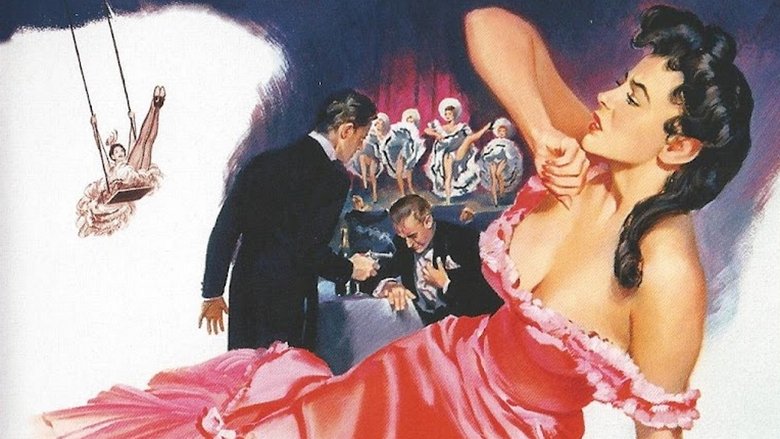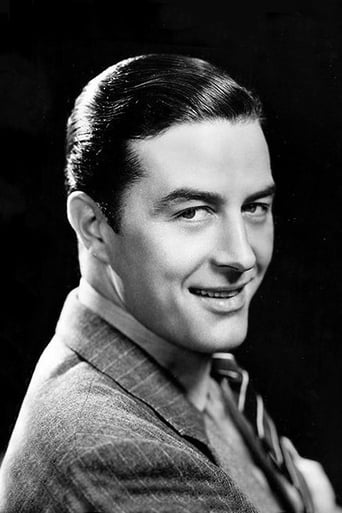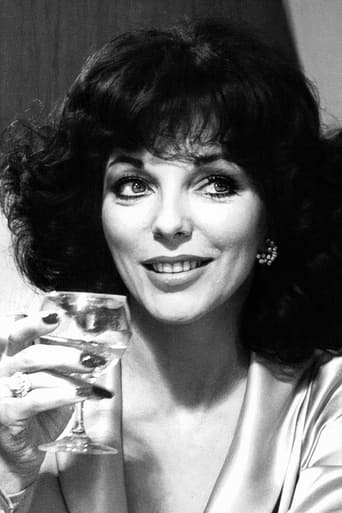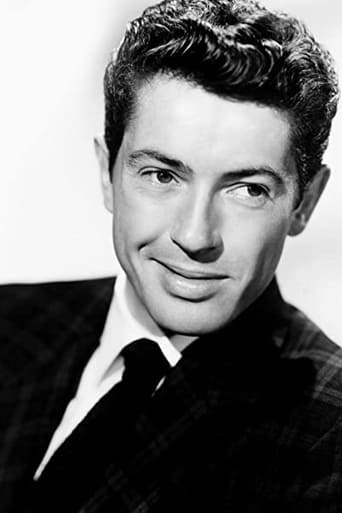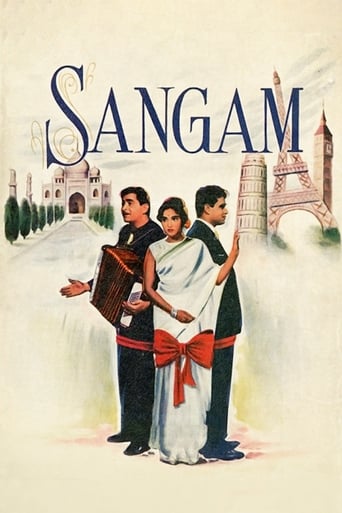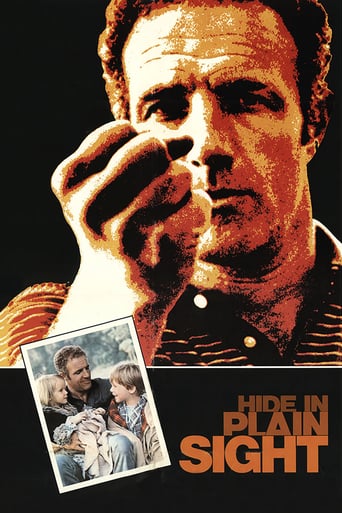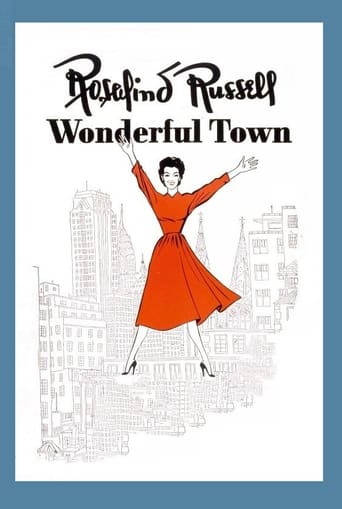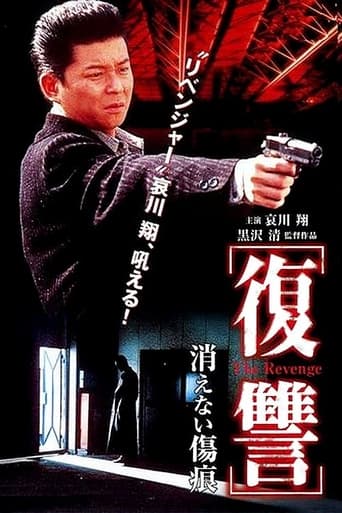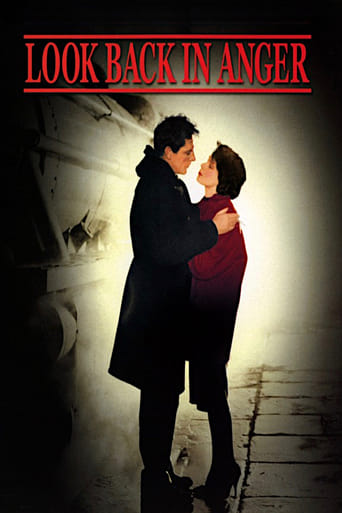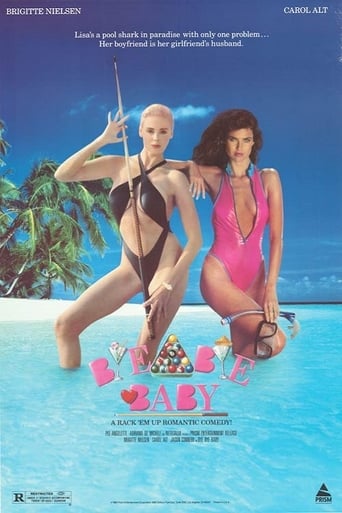The Girl in the Red Velvet Swing (1955)
Broadway showgirl Evelyn Nesbit (Joan Collins) is the object of affection of two men: playboy architect Stanford White (Ray Milland) and wealthy but unstable Harry Thaw (Farley Granger). She marries Thaw, but White’s continued pursuit puts him in the path of Thaw’s volatile temper. Inspired by true events that occurred at the turn of the 20th century.
Watch Trailer
Free Trial Channels
Cast


Similar titles
Reviews
Most undeservingly overhyped movie of all time??
Good concept, poorly executed.
Excellent and certainly provocative... If nothing else, the film is a real conversation starter.
Worth seeing just to witness how winsome it is.
On 25th June 1906 Stanford White, one of America's most famous architects, was shot dead in Madison Square Gardens (a building he had designed himself) by a millionaire rail and coal tycoon named Harry Kendall Thaw. Thaw's motive was sexual jealousy; he believed that White was having an affair with his beautiful young wife Evelyn. White certainly had at one time been one of Evelyn's numerous lovers, but their relationship had in all probability ended before her marriage to Thaw. Thaw was tried for murder, but was found not guilty by reason of insanity. What made the crime one of the notorious causes celebres of the Edwardian era, apart from the fame of the victim and the wealth of the perpetrator, was the fact that Evelyn, under her maiden name of Evelyn Nesbit, had been a famous model and actress in her own right, one of America's first "pin-up girls" and an early example of what would today be known as the "celebrity culture". The film relates this story in a somewhat fictionalised form. The main change is to soften the character of Evelyn Nesbit, which is perhaps not surprising as she was still alive in 1955 and even served as a technical adviser on the film. (Thaw had died in 1947). Her relationship with White is kept rather ambiguous; the two are portrayed as having been in love, but not necessarily lovers in the sexual sense. Although White loves Evelyn, he is unable to marry her because he is still fond of his wife Elizabeth and does not want a divorce, so he treats her almost as an adopted daughter, paying for her to attend an exclusive girls' finishing school. The leading role was originally intended for Marilyn Monroe, who turned it down; it eventually went to Joan Collins, who bore a greater physical resemblance to the historical Evelyn Nesbit than did Monroe. After her roles in films like "The Bitch" and television series like "Dynasty", Collins today has gained a reputation for specialising in playing seductive villainesses, but during her Hollywood heyday in the fifties and sixties she was as much at home playing heroines, and here she plays Evelyn as a sweet and naïve young thing bemused by the passions she arouses in men, especially the obsessively jealous Thaw. (Whether the real Evelyn Nesbit was quite as innocent is another matter). Ray Milland bears little physical resemblance to the real Stanford White, who was a burly, red-headed man with a very prominent moustache. By all accounts he was a practised womaniser, with a particular liking for teenaged girls, and probably less kindly and avuncular than the character portrayed here. The film's rather odd title derives from the fact that one of White's sexual fetishes was to have Evelyn, and his other mistresses, perform for him on a red velvet swing at his home. Another change which the film makes to the facts of the real case is that Stanford and Elizabeth are here portrayed as being the same age; in reality she was considerably younger than him. The best acting contribution comes from Farley Granger as the arrogant, self-obsessed and pathologically jealous Thaw. Granger is today perhaps best remembered for the two films he made with Alfred Hitchcock, "Rope" and "Strangers on a Train", and there are certainly similarities between Thaw and Phillip Morgan, the character Granger played in "Rope". Both are spoilt young men, from wealthy, privileged backgrounds and both have an ineradicable sense that their background entitles them to have anything they want. Both are so arrogant that they literally believe that they can get away with murder, Morgan because he believes himself to be intellectually superior to anyone who might try to investigate his crime, Thaw because he believes that his wealth will effectively enable him to buy his acquittal. (He is partially correct in this belief; the verdict of "not guilty by reason of insanity" means that he escapes the death penalty). The film was directed by Richard Fleischer, a versatile director who seemed able to work in virtually any genre, including film noir ("The Armoured Car Robbery"), science fiction ("20,000 Leagues under the Sea", "Fantastic Voyage"), the historical epic ("The Vikings"), and sword-and- sorcery fantasy ("Conan the Barbarian", "Red Sonja"). He did, however, also make a number of films based on real-life murder cases, including this one, "Compulsion" (loosely based upon the Leopold-Loeb case which also inspired "Rope") and "Ten Rillington Place" (based upon the career of the British serial killer John Christie). These three films are very different in terms of their visual style. "Compulsion" was shot in black-and white, influenced by the films noirs in which Fleischer had specialised in the earlier part of his career. "Ten Rillington Place" was filmed in a bleak, washed-out colour with a palette dominated by greys and dull browns and greens, giving a look appropriate to Christie's seedy lifestyle and to the run-down London of the post-war austerity years. "The Girl in the Red Velvet Swing", by contrast, was shot in a much richer, brighter colour, reflecting the glamorous worlds of New York high society and of the turn-of-the-century theatre. In its emphasis on recreating the fashions and styles of the Edwardian era it can be seen as an early example of "heritage cinema". I wouldn't rate "The Girl in the Red Velvet Swing" quite as highly as highly as Ten Rillington Place", possibly Fleischer's finest film with two particularly strong acting performances from Richard Attenborough as Christie and John Hurt as the hapless Timothy Evans. It is, however, a very entertaining account of a "true crime" scandal of sex and violence in high places. 7/10
Richard Fleischer remains one of the most underrated of the American directors.His influence is huge,particularly in Europa:Chabrol's last movie "La Fille Coupée En Deux" is a disguised remake of "girl on the red velvet swing" -and not nearly so good.His movies dealing with criminal affairs are all interesting and form,in spite of their differences ,a well-knit group:"Follow me quietly" "Compulsion" "Crack in the mirror" and his more accomplished works "Boston strangler" and " 10 Rillington PLace" ."The girl on the red velvet swing" ,in spite of its costume drama side,belongs to the genre too.We're told since the beginning it's a criminal affair.The title is a transparent metaphor:Evelyn is not only caught between two men;she is a proletarian ,close to French writer Colette's "Gigi" in the world of the wealthy and the mighty.One of her men doesn't want to divorce and to marry her ,not because she is young enough to be his daughter but because the world he lives in is not prepared to accept such a monstrous union.If she were a rich heiress ,the daughter of one his rich customers who have him built desirable mansions ,all would be forgiven .And if the girl marries a millionaire ,it's only because he is impotent ,under an over possessive mother's thumb :in an amazing scene the mother recognizes the facts.People who know Mankiewicz's "The barefoot Contessa" will notice the similarities between the two "rich" marriages .Like Max Ophuls' "Lola Montès" ,when her family-in -law denies her,it only remains for her to make a spectacle of herself in a theater ,a place she should never have left.The two scenes in which the girl is on the swing are the most impressive ,with a dazzling camera:there's something disturbing in the first one,when the girl asks for the moon (true and figurative sense)..But "it's only a paper moon sailing over a cardboard sea...it's only a canvas sky..hanging over a muslin tree"
It's curious that such a DEAD film can be made about what was considered "The Crime of the Century" at one time. A young Joan Collins is unbelievably lovely as the title character, but plays the role in a humble, eyes-downcast, saccharine-sweet way that, while it may possibly be what Nesbitt was really like, has an unvarying dullness to it.The rest of the cast is wooden as well, and the entire design of the movie is obviously expensive, yet completely unimaginative. But the real problem with this movie is the script, which not only is too leisurely, but features some of the stuffiest, most phony-sounding dialogue I've heard.This isn't actual dialogue from the movie (which I refuse to re-listen to), but it may as well be: "Oh my goodness, I thought this room was empty." / "No, my dear, it is not." / "I am sorry that I have disturbed you. I am afraid that you shall think me a goose." / "There is no need to run away, my child. Come here, and let me look at your face. Why, you are most beautiful. Yes, indeed. Most, most beautiful. But, you blush?" ETC. ETC. AD NAUSEAM! Again, Collins is beautiful to look at here (even though the movie curiously avoids spectacular closeups), but she's the film's sole virtue. (And even saying that, her contribution is her physical appeal rather than her acting performance.)
This is a glossy melodrama (scripted by Charles Brackett, who also produced, and Walter Reisch) about a famous early 20th century crime of passion. The love triangle comprises Ray Milland (ideally cast but who isn’t particularly stretched by his role of architect Stanford White), Joan Collins (in one of her better Hollywood parts – by the way, the real-life Evelyn Nesbitt acted in a few Silents herself and served as a consultant on this film!) and Farley Granger. The latter is a revelation: usually playing self-effacing types, here he’s arrogant, temperamental and possessive; he reminded me of Robert Ryan’s equally neurotic millionaire in Max Ophuls’ CAUGHT (1949). Besides, Granger’s jealous probing into Collins’ past relations on their wedding night basically replicated a scene from Luis Bunuel’s EL [1952]; and, likewise, his murder of the Milland character over Collins presents a similar situation to a subplot in the Pre-Code BABY FACE [1933] – which, interestingly enough, I watched the very next day! Fleischer handles the proceedings efficiently enough (he was certainly adept at real-life crime stories, as his later dramatizations of the lives of other infamous murderers such as Leopold and Leob, Albert De Salvo and John Christie – in COMPULSION [1959], THE BOSTON STRANGLER [1968] and 10 RILLINGTON PLACE [1970] respectively – can attest) but, here, he’s somewhat bound by the commercially-minded formula approach of the studio system which, for instance, necessitated the inclusion of corny musical numbers…even if Collins’ character does start off as a dancer in a variety act. Unfortunately, too, the courtroom scenes aren’t the most compelling ever put on film – but they’re nonetheless elevated by Luther Adler’s presence as Granger’s defense attorney. Another valued appearance is that of author Cornelia Otis Skinner: this was one of only 4 films she did (which include the classic ghost story THE UNINVITED [1944], also with Milland, and the existentialist drama THE SWIMMER [1968], starring Burt Lancaster); she has one interesting scene towards the end where Granger’s mother recounts his overly-protected childhood to Collins, and which inevitably marked his character forever. Collins’ mother, then, is nicely played by veteran character actress Glenda Farrell.While THE GIRL IN THE RED VELVET SWING has been a regular on Italian TV over the years, I had first watched it as a kid; I decided to check the film out again now in view of Fox’s upcoming SE DVD, as part of THE JOAN COLLINS COLLECTION. By the way, the final scene – with Collins doing the titular stage act for impresario Emile Meyer, who’s eager to exploit her new-found notoriety – ends the film on a satisfyingly ironic note.


